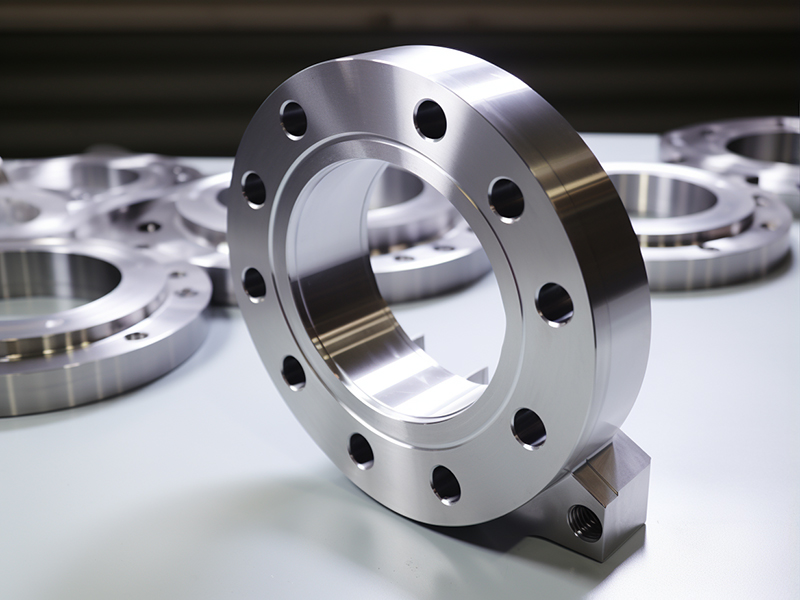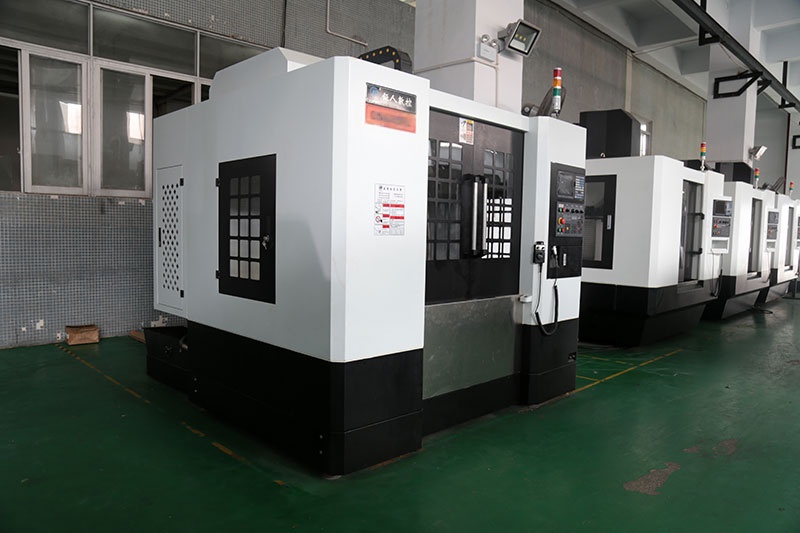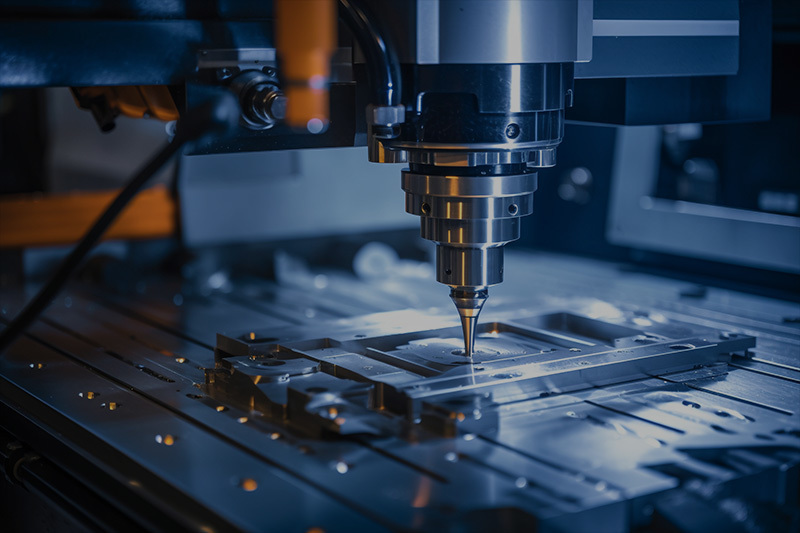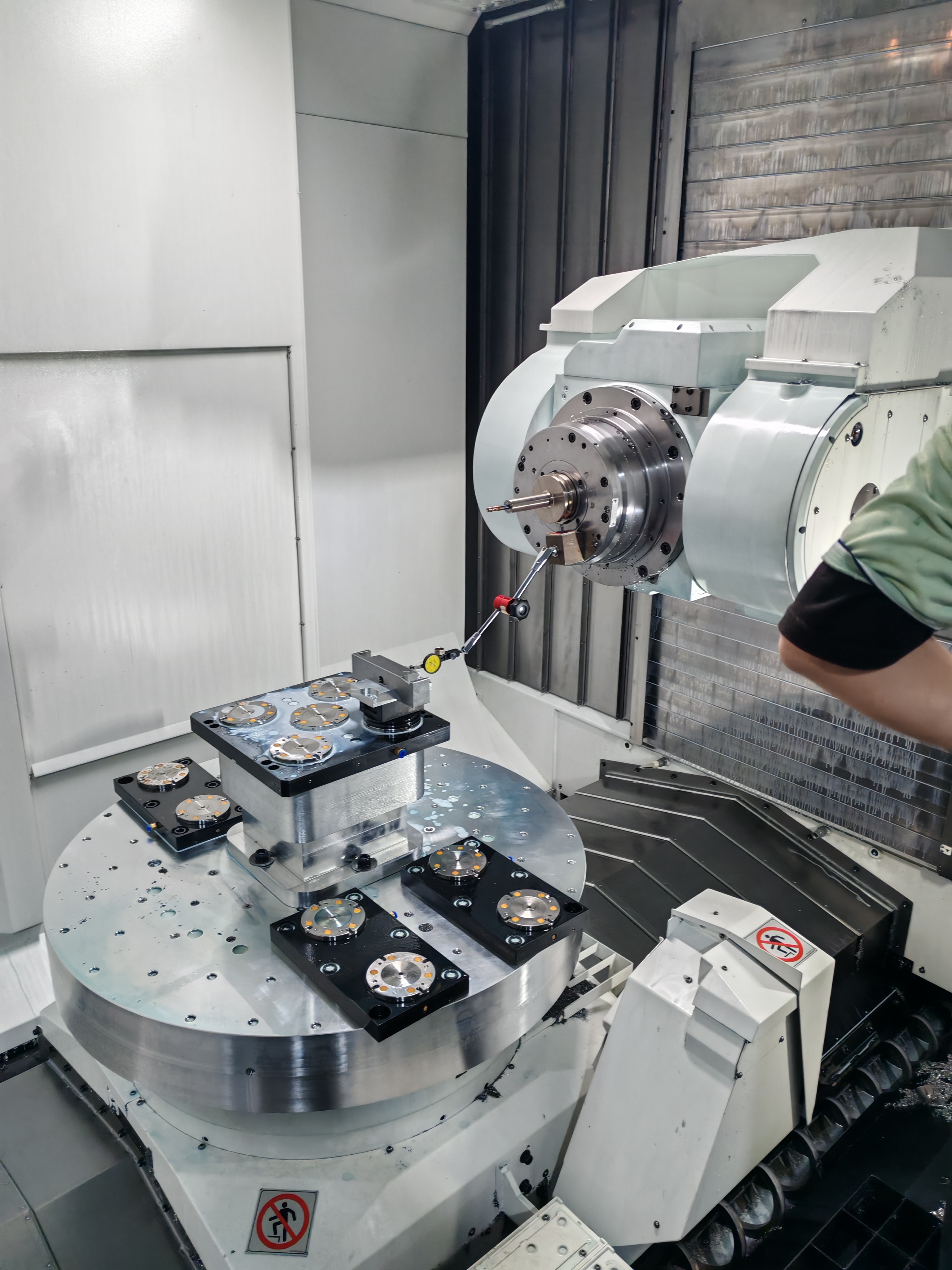| Registro
The journey from prototype to mass production is a critical phase in manufacturing, where efficiency in mold design can make or break timelines, costs, and product quality. Streamlining this process requires a blend of advanced tools, collaboration, and strategic planning. Here’s how to optimize every step:

1. Start with Precision in Design
Modern mold design begins with CAD/CAM software, enabling engineers to create detailed 3D models that account for material behavior, cooling channels, and ejection systems. Tools like Autodesk Moldflow or SolidWorks Plastics allow for simulation-based testing to predict issues like warping, sink marks, or air traps early, reducing costly redesigns later.

2. Prototype with Purpose
Rapid prototyping technologies, such as 3D-printed molds or CNC-machined prototypes, help validate designs before full-scale production. This phase is ideal for testing tolerances, surface finishes, and functionality. Iterate quickly to refine gate placements, wall thickness, and parting lines—small adjustments here can prevent major defects downstream.

3. Optimize for Manufacturing
Collaborate closely with machining teams to ensure designs align with production capabilities. For example, high-precision CNC machining or EDM (Electrical Discharge Machining) may be needed for complex geometries. Material selection also plays a role: aluminum molds suit short runs, while hardened steel ensures longevity for high-volume orders.

4. Streamline Production with Smart Tooling
Incorporate hot runner systems and modular mold bases to reduce cycle times and material waste. Automation tools, like robotic part removal or IoT-enabled monitoring, further enhance efficiency. Post-processing steps, such as surface texturing or Teflon coatings, should be planned upfront to avoid delays.

5. Continuous Improvement
After production begins, gather data on cycle times, defect rates, and tool wear. Use this feedback to refine future designs. Adopting Industry 4.0 practices, like digital twins or predictive maintenance, ensures molds stay efficient over their lifespan.
Conclusion
By integrating advanced design tools, iterative prototyping, and cross-team collaboration, manufacturers can slash lead times, cut costs, and deliver flawless products. Whether you’re crafting medical devices or consumer goods, a streamlined mold design process is the key to staying competitive in fast-paced markets.